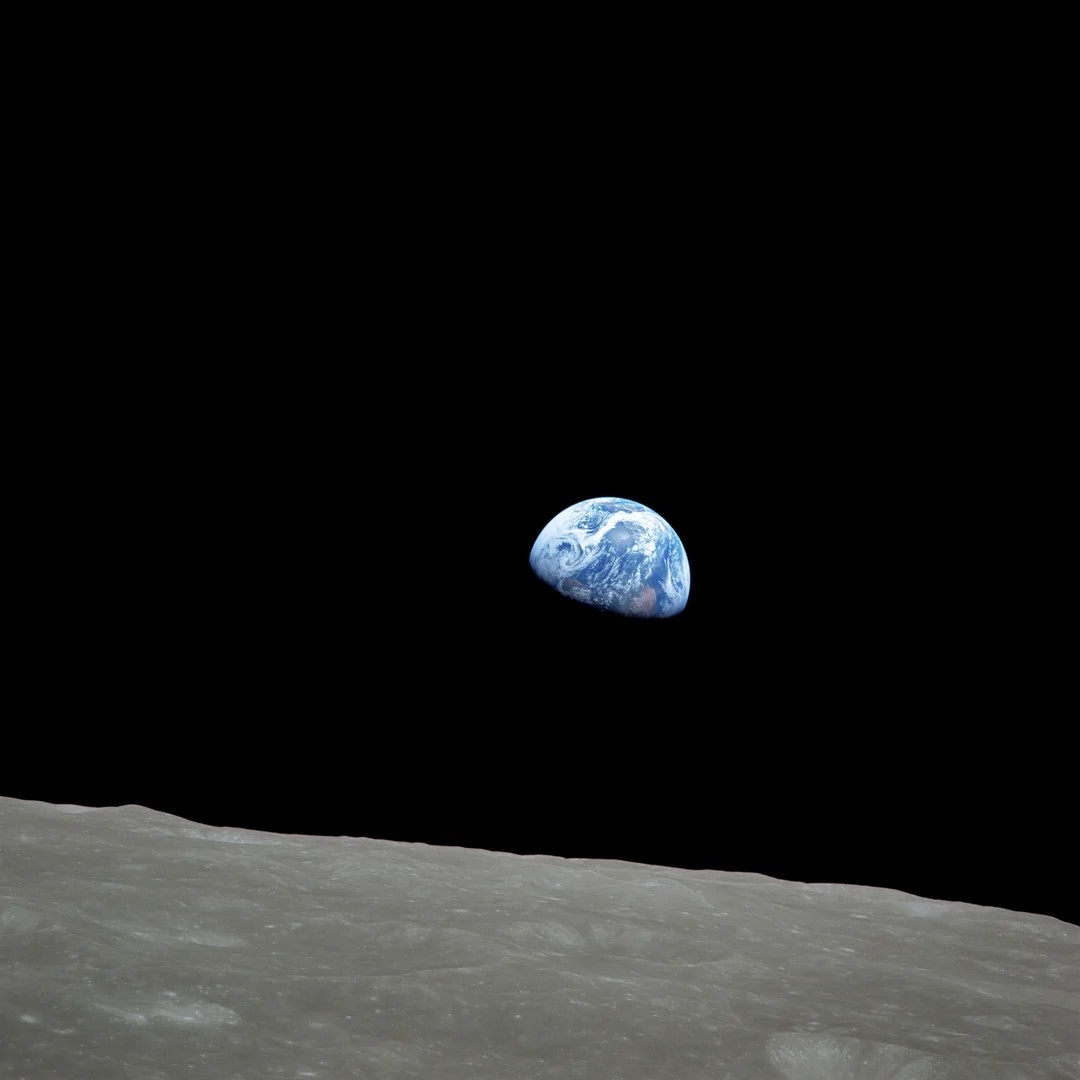2024 PT5 is indeed an intriguing near-Earth object (NEO) that falls under the Arjuna asteroid class, which is known for Earth-like orbits and slow close encounters with our planet. These types of asteroids are of special interest to astronomers because their orbits are very similar to Earth's, leading to the potential for close approaches, though they typically do not pose an immediate impact threat. The Arjuna class itself is a subset of the Apollo group, characterized by orbits that cross Earth's orbit but have longer periods.
The discovery of 2024 PT5 by the ATLAS program at the South African Astronomical Observatory adds to our growing catalog of NEOs. The ATLAS program is part of ongoing efforts to identify and track asteroids that could come close to Earth. Due to 2024 PT5's slow passes, it is particularly useful for studying the dynamics of asteroids in Earth's vicinity.
The discovery of 2024 PT5 by the ATLAS program at the South African Astronomical Observatory adds to our growing catalog of NEOs. The ATLAS program is part of ongoing efforts to identify and track asteroids that could come close to Earth. Due to 2024 PT5's slow passes, it is particularly useful for studying the dynamics of asteroids in Earth's vicinity.
2024 PT5 is indeed an intriguing near-Earth object (NEO) that falls under the Arjuna asteroid class, which is known for Earth-like orbits and slow close encounters with our planet. These types of asteroids are of special interest to astronomers because their orbits are very similar to Earth's, leading to the potential for close approaches, though they typically do not pose an immediate impact threat. The Arjuna class itself is a subset of the Apollo group, characterized by orbits that cross Earth's orbit but have longer periods.
The discovery of 2024 PT5 by the ATLAS program at the South African Astronomical Observatory adds to our growing catalog of NEOs. The ATLAS program is part of ongoing efforts to identify and track asteroids that could come close to Earth. Due to 2024 PT5's slow passes, it is particularly useful for studying the dynamics of asteroids in Earth's vicinity.
0 Commentaires
0 Parts
756 Vue













